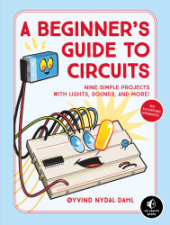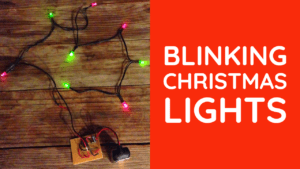
If you were following my newsletter 2-3 years ago, you might remember 9 Circuits.
That was a very popular ebook I wrote and sold back then.
So when No Starch Press approached me suggesting we should create a new book together based on 9 Circuits, I thought:
“It’s going to be better designed, better edited, and reach a bigger audience… Yeah, let’s do it!”
And then we did it.
I usually send out a lot of emails when I release a new product.
But this one, I barely mentioned.
Why?
The reason was that I misunderstood some “lawyer language” in the contract.
So when the book was published, I was left confused about how to sell it without breaking the contract.
They suggested I could sell the old version.
But I didn’t want to sell the old book when the new one was upgraded and much better!
I want the best for my customers.
And the best was the new one.
So I just stopped selling the old book.
And I kind of just let the new book live it’s own life, without my involvement.
A bit later, the founder Bill Pollock contacted me. We had a chat and we sorted things out.
So we are all good.
And now I finally got myself around to set up a sales page and offer it to you. I have stocks both in the UK and the US.
This book is available in print.
And with an optional component kit for building the circuits.
By the way – the kit is the exact same kit as the one we use in Ohmify. So you can reuse the components for both.
If you’re curious about the book, check out the following page with more info: https://www.build-electronic-circuits.com/circuits/
Keep On Soldering!
Oyvind @ build-electronic-circuits.com
Copyright Build Electronic Circuits

